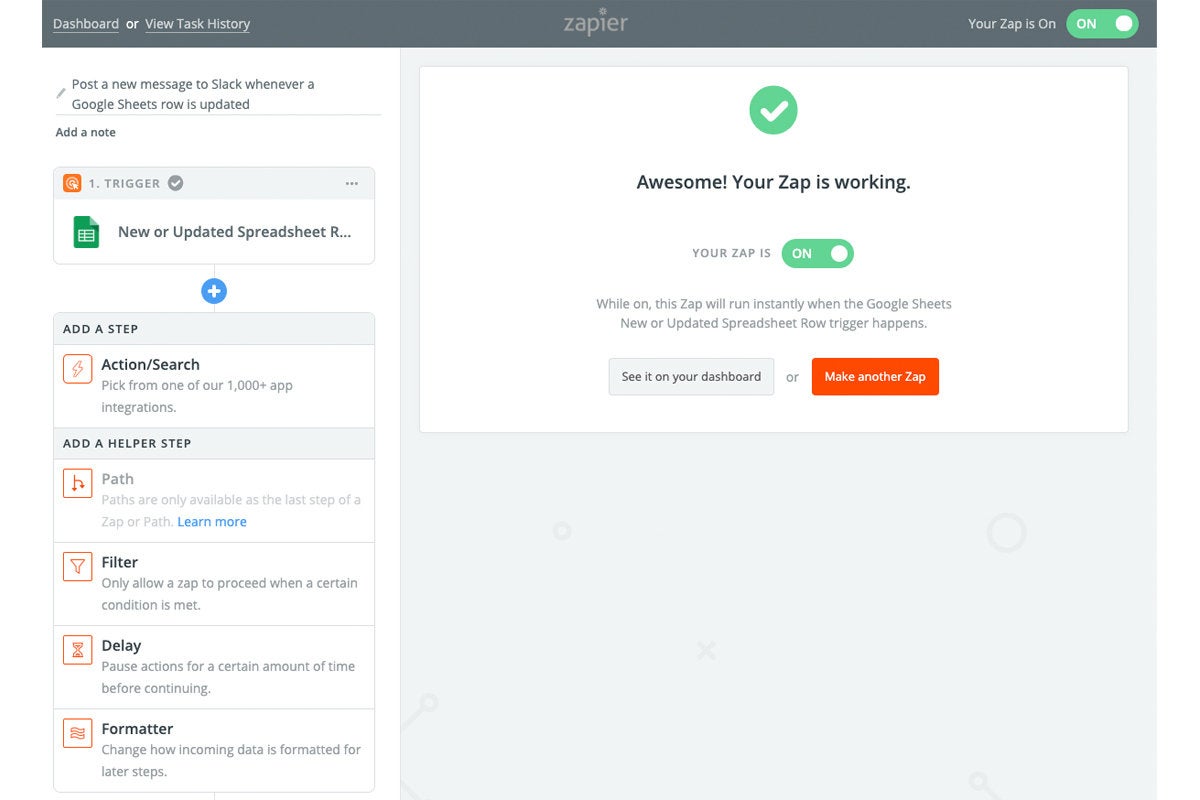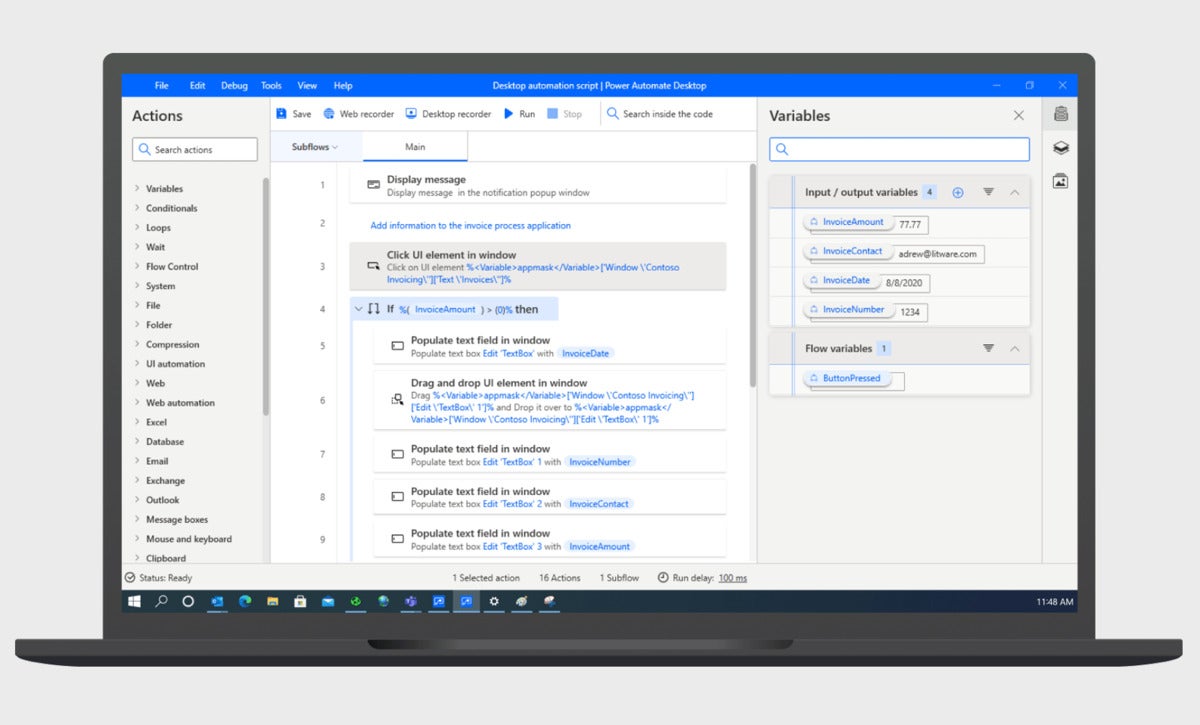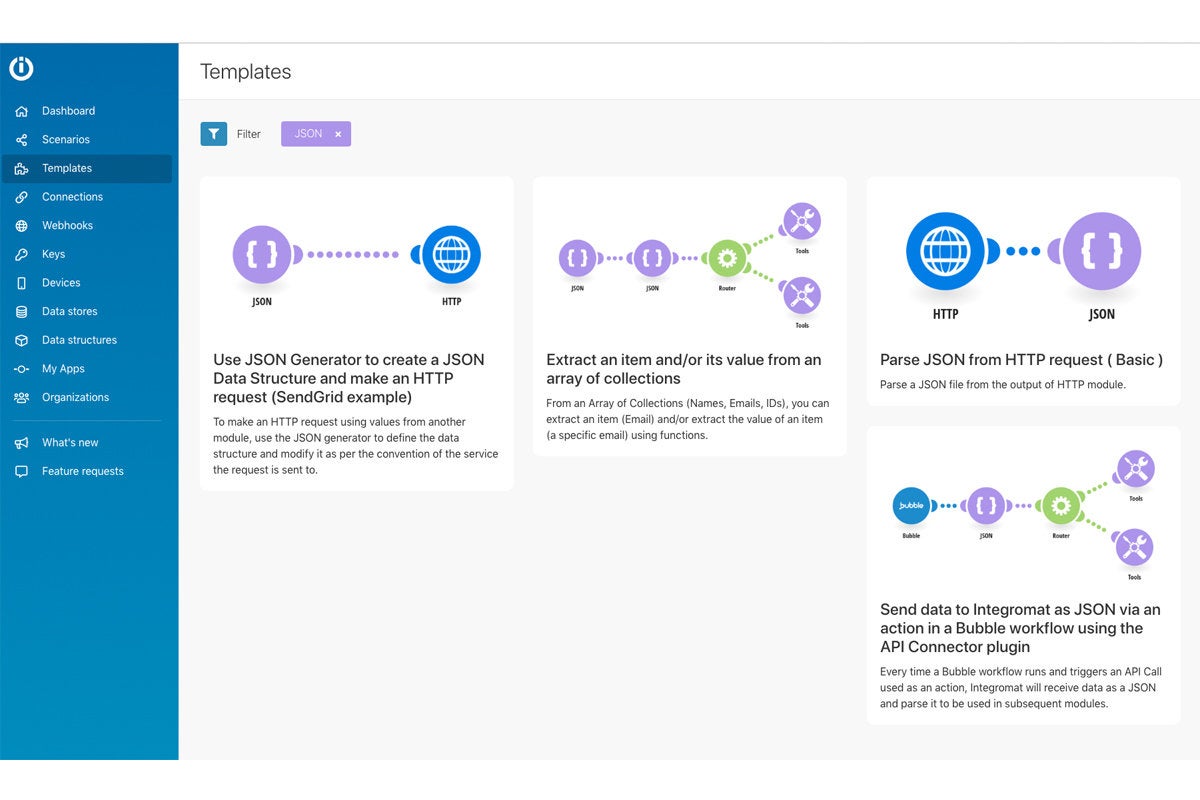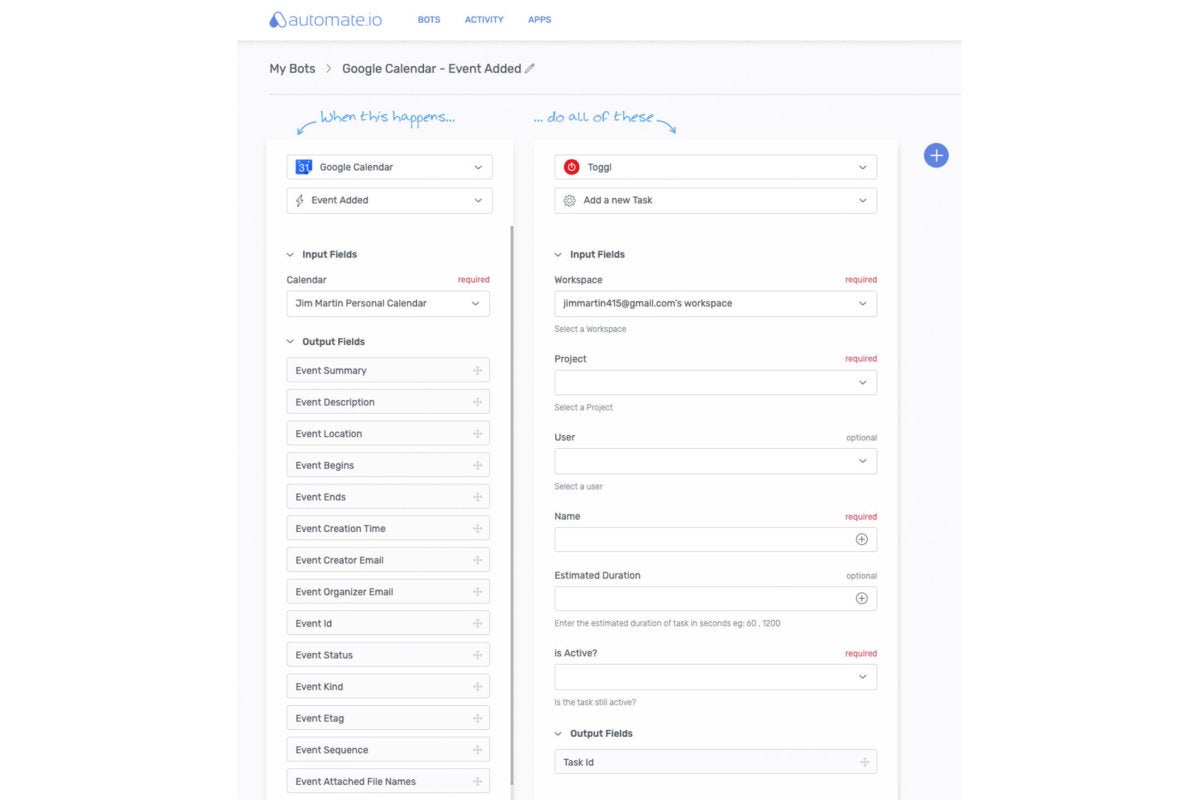Millions of individuals and business users have come to love and depend on IFTTT and all of the cool “codeless automations” it makes possible between disparate web-based apps and services.
But changes to the platform in recent years have begun to drawn the ire of some users, prompting them to more closely look at alternatives.
In mid-2019 the workflow automation platform lost many of its Gmail integrations. IFTTT blamed changes by Google to its API ecosystem that disabled all Gmail triggers and the “create a draft action” on IFTTT.
Unsurprisingly, some devout IFTTT users were unhappy. “I rely on IFTTT and the Gmail applet for a significant amount of automation for my business,” Reddit user Esivni posted. “Finding another solution will cause a large amount of down time and stress to me.”
More recently, limits on IFTTT’s free product have also irked some users, who are now restricted to using a maximum of three applets at one time.
However, IFTTT competitors such as Zapier and Microsoft Power Automate continue to offer Gmail automations – and, like IFTTT, most offer a freemium option of some description. If the changes to IFTTT have you seeking another workflow automation platform — or you’re just curious about IFTTT alternatives — read on. The following contenders are all worth a look for business users at companies of all sizes.
Zapier
Zapier has become a popular tool for business users to integrate and automate workflows. It has grown to more than 1.8 million paid and free accounts since launching in 2011, though it remains a long way from IFTTT’s base of 18 million users. Zapier connects more than 2,000 apps, including Gmail, Slack, Mailchimp, HubSpot, Shopify, and Zendesk.
Zapier’s “zaps” work similarly to IFTTT’s “applets.” You can choose from preconfigured zaps or connect disparate services to create your own. Zapier is a bit more focused than IFTTT on business app integrations, supporting corporate tools such as MySQL and Recurly.
Zaps can trigger and connect multiple steps vs. the two steps IFTTT allows. For example, a zap could automatically send you a Slack message and a Gmail whenever someone adds information to a shared Google Sheet. Another benefit: Zapier lets you set filters, so that a zap only runs if certain conditions are met, such as the presence of a keyword in an email.
 IDG
IDG
Building a “zap” in Zapier that will post a new message to Slack whenever a Google Sheets row is updated. (Click image to enlarge it.)
Zapier’s free service limits you to five two-step zaps, enough to help you get a feel for the service but not enough to become a power user. For more zaps, multi-step zaps, and access to Premium-level apps such as Zendesk and MySQL, you’ll need to spend $20 per month or more.
Microsoft Power Automate
Microsoft Power Automate, introduced in 2016 as Microsoft Flow, is clearly though not exclusively aimed at business users of Microsoft software and services. The automation platform supports multistep “flows” that connect 255 services.
Many services are from Microsoft, such as SharePoint, Teams, Office 365 Outlook, OneDrive, Dynamics 365, various Azure services, and Yammer. Others include Gmail, Asana, Slack, Basecamp, and GitHub.
With Gmail, for instance, you can automatically forward to a contact any incoming email that meets one or more conditions — enabling you to, say, automatically forward all your Delta airline confirmation emails to your boss. It’s easy to add an action to the flow, too, such as also receiving a mobile notification when that Delta email arrives.
 Microsoft
Microsoft
Mundane tasks can be automated with point-and-click simplicity using RPA in Power Automate.
Microsoft appears intent on making Power Automate a serious contender in the “codeless automation” arena and an important player in the Microsoft Power Platform. Flow also offers mobile apps for Android, iOS and Windows that let you create, trigger and manage flows.
Power Automate is included with some Office 365 and Dynamics 365 licenses, and offers a standalone version with unlimited flow creation and access to prebuilt and custom connectors, for $15 per user per month.
Integromat
Integromat, which debuted in 2016, is lesser known than IFTTT, Zapier and Microsoft Power Automate. Integromat boasts on its website that it has 175,000 registered users, 673,000 “scenarios” (a.k.a. integrations), and 200 million operations a month.
The platform uses a number of buzzwords to describe what it does, such as “executions,” “routers,” “aggregators,” and “iterators.” So before you get started, you’ll likely need time to familiarize yourself with the terms — as well as the service itself, which, because it offers so many options, may not be immediately intuitive for some to use.
Integromat has several intriguing differentiators, however. The service has HTTP/SOAP and JSON/XML modules, which promises to let you connect to nearly any web service without writing code. Integrations can have an unlimited number of steps. You can track the execution of your integrations in real time and view a visualization of your data as it passes through an integration.
 IDG
IDG
Integromat’s JSON tools let you connect to nearly any web service. (Click image to enlarge it.)
All told, Integromat offers a lot of powerful integrations. Services supported include many that you’d expect, such as Gmail, Basecamp, Dropbox, Slack, and Evernote, as well as some you wouldn’t — including several banks and IFTTT. Yep, you can expand your IFTTT applets by connecting them to multi-step Integromat scenarios. There are iOS and Android Integromat apps, too.
Integromat’s free plan gives you 1,000 operations per month and 100MB in data transfers. Paid plans start at $9/month (for 10,000 operations and 1GB in data transfers) and go up to $300/month for 800,000 operations and 220GB in data transfers.
Automate.io
Founded in 2015 and claiming more than 30,000 users, Automate.io supports more than 200 business services for use in creating integrations, which the services calls “bots.” That’s fewer than many other IFTTT alternatives, but most of the heavy hitters are here: Gmail, Slack, Trello, Twitter, Asana, Dropbox, and Office 365, for starters.
Unlike most other IFTTT competitors, Automate.io is more heavily focused on marketing, sales, helpdesk and project management automations. Supported apps and services include Constant Contact, Eventbrite, Zendesk, HubSpot CRM, Facebook Pages, Mailchimp eCommerce, Survey Monkey, and Buffer, with LinkedIn Lead Gen Forms, Zoom, Facebook Offline Conversions, Google Hangouts Chat, and many others promised as “coming soon.”
 IDG
IDG
A workflow in Automate.io adds a new task to the Toggl time tracking app when a new Google Calendar event is added. (Click image to enlarge it.)
With Automate.io, you can create multistep workflows. One example: When a prospect fills out a Wufoo form on your website, you’ll receive a Gmail notification, and the prospect will automatically be added to your MailChimp lead nurturing campaign. After four days, the bot will check the open email rate in MailChimp and, if it’s good, create a contact in Salesforce for the prospect.
Salesforce, QuickBooks Online, Shopify, and GetResponse are among the Premium apps accessible to only paid subscribers. The free plan lets you use five single-action bots and 300 actions per month; paid business plans start at $29/month.
Zoho Flow
Launched in 2018, Zoho Flow joins the sprawling Zoho One suite of cloud-based productivity tools aimed at small-to-midsize businesses. Zoho Flow offers ready-made connections to and interactions between more than 200 apps and services, plus the ability to create new ones.
Zoho Flow’s drag-and-drop interface simplifies the process of creating a workflow, plus it lets you easily see the steps in the workflow and make edits. If you’re savvy, you can create custom functions using Zoho’s Deluge programming language.
 IDG
IDG
Zoho Flow’s drag-and-drop tools make it a breeze to create workflows. (Click image to enlarge it.)
Supported services on Zoho Flow include Asana, Basecamp, Box, Egnyte, Highrise, Slack, Salesforce (in beta), and more. A few are considered Premium, such as Calendly, GoToMeeting, Shopify, and Stripe, so you’ll need a paid plan for those.
The free plan allows for up to five “flows” (automated workflows) per organization and 1,200 tasks per year. Beyond that, you’ll pay $8 per month for more flows and tasks or $20 monthly for yet more flows and tasks, along with access to Premium apps. However, if you’re already a Zoho One customer ($30 or $75 per user per month), Flow is included free. As with most cloud services, you’ll get a discount if you pay for one year up front.






